Disclosure: This article contains affiliate links. We may earn a commission from purchases at no extra cost to you, which helps our travel content.
After five years of documenting Asia's visual tapestry from my Seoul base, I found myself drawn to Mauritius' lesser-known corners. While most photographers flock to the island's postcard-perfect beaches, Beau Bassin—a charming inland town often overlooked by tourists—offers a refreshing authenticity that my camera and I found irresistible. This guide distills my week of photographic exploration into an actionable itinerary for those seeking to capture the genuine pulse of Mauritius beyond the resort brochures.
Colonial Architecture: A Study in Light and Shadow
Beau Bassin reveals its colonial past through a fascinating architectural tapestry that becomes most photogenic during golden hour. The town hall, with its distinctive clock tower and French colonial influence, transforms dramatically as afternoon light casts long shadows across its façade. Nearby, Plaza Rose Hill showcases a blend of Art Deco elements and traditional Mauritian design that creates compelling compositional opportunities.
During my morning walks, I discovered that many residential streets feature colorful Creole houses with ornate balconies and decorative woodwork. These homes tell visual stories of cultural fusion that define Mauritius' unique heritage. For the best results, I found my polarizing filter indispensable for managing the harsh tropical light while enhancing the vibrant colors that make these buildings so distinctive.
The abandoned textile factory on the eastern edge of town offers a completely different aesthetic—a photographer's playground of industrial decay, dramatic light shafts, and unexpected pops of color from wild vegetation reclaiming the space. Just be sure to visit with a local guide as access can be restricted.
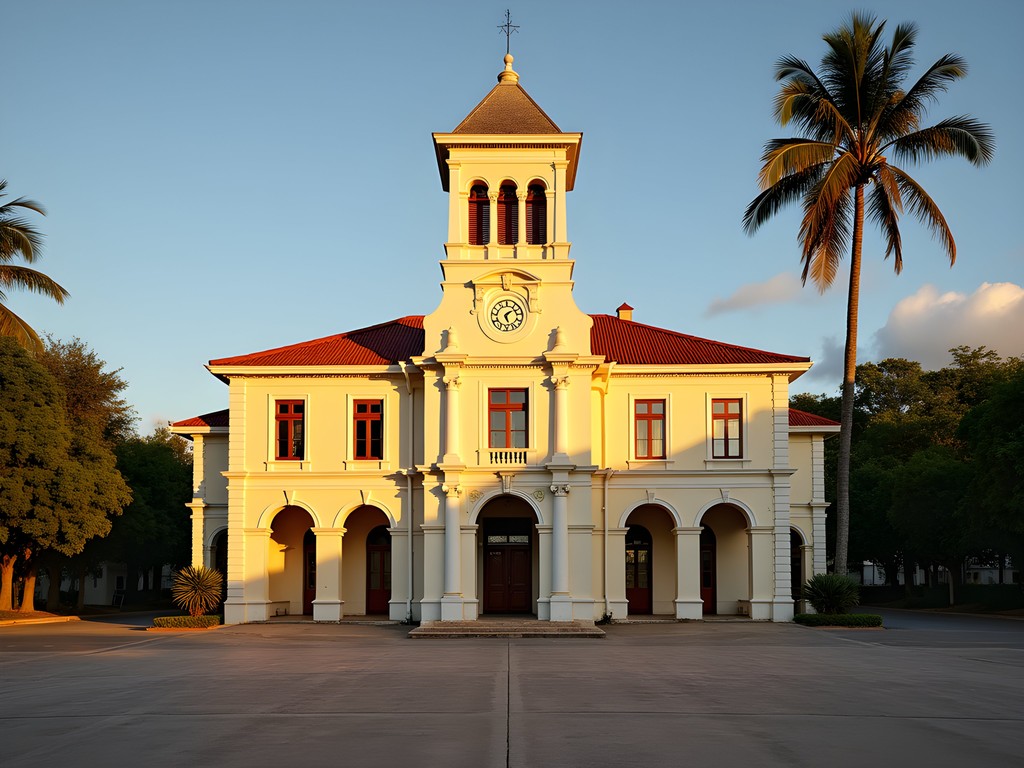
💡 Pro Tips
- Visit the town hall area between 4-5pm when afternoon light creates dramatic shadows
- Look for contrasting colors in the Creole houses—many feature complementary color schemes
- Bring a wide-angle lens to capture architectural details in narrow streets
The Vibrant Market Culture
Markets have always been my photographic weakness—the collision of colors, textures, expressions, and cultural nuances creates endless visual opportunities. Beau Bassin's central market may be smaller than Port Louis' famous bazaar, but its authenticity and lack of tourist crowds make it an ideal setting for documentary-style photography.
The produce section explodes with color every Tuesday and Friday morning when local farmers bring their harvests. Arrive by 7:00 AM to capture vendors arranging their displays—the pride in their presentation makes for compelling portraits when approached respectfully. I always make small purchases before asking permission for photos, which invariably leads to warm interactions and authentic expressions.
The spice vendors in the eastern corner offer particularly rich visual opportunities, with their pyramids of turmeric, cardamom, and local vanilla. For these aromatic treasures, I relied heavily on my macro lens to capture the intricate textures and vibrant colors up close.
For street photographers, the narrow lanes surrounding the market teem with life from dawn until mid-morning. The interplay of light filtering through makeshift awnings creates dramatic spotlighting effects that can transform ordinary scenes into extraordinary images.
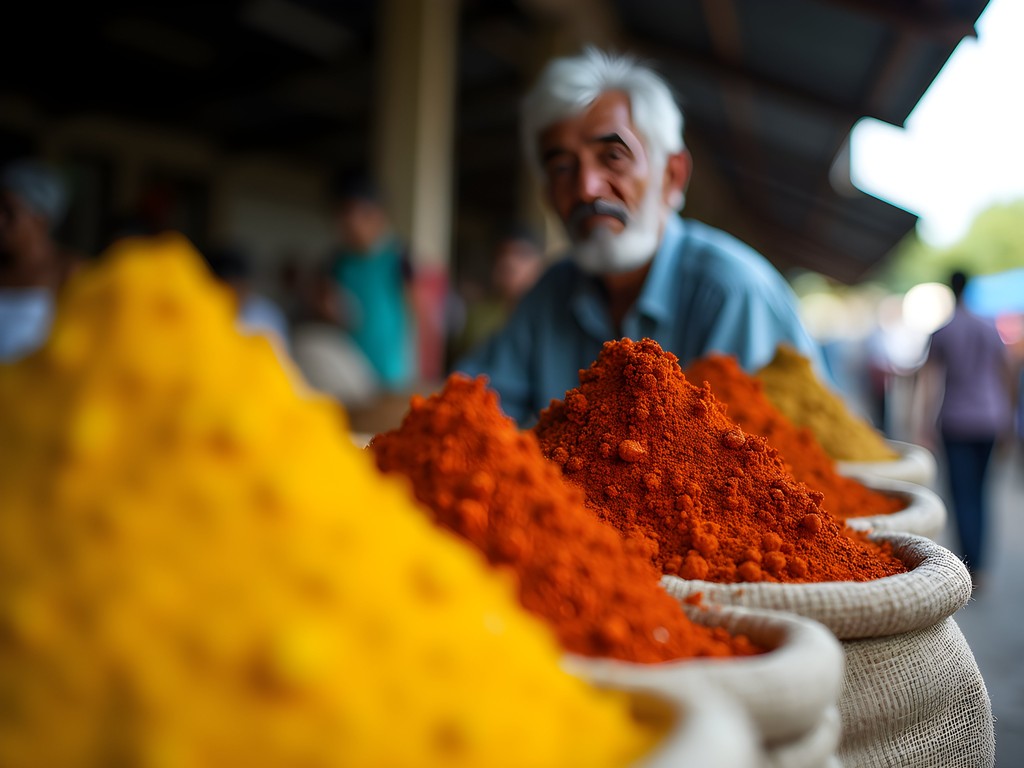
💡 Pro Tips
- Use a fast prime lens for low-light market interiors
- Ask permission before photographing vendors or their goods
- Look for pockets of light breaking through market canopies for dramatic natural spotlighting
Sacred Spaces: Temples, Churches, and Mosques
Mauritius' religious diversity creates extraordinary photographic opportunities, and Beau Bassin offers accessible examples of multiple faiths coexisting within walking distance. The Notre Dame de Lourdes church combines Gothic elements with tropical adaptations, creating a unique architectural subject that photographs beautifully against clear morning skies.
For interior photography of sacred spaces, I found my travel tripod absolutely essential, as many religious buildings have low light conditions but prohibit flash photography. Always check permission policies before shooting inside any religious building.
The Hindu temple on Barkly Road features intricate carvings and vibrant colors that pop dramatically in early morning light. Visit during prayer times (with appropriate respect and permission) to capture devotees and the atmospheric elements of incense and candlelight.
Perhaps my most memorable photographic experience came at the small mosque near the southern edge of town. The caretaker, upon learning of my interest in calligraphy from my time in Seoul, invited me to photograph the intricate Arabic inscriptions during the soft afternoon light when sunbeams illuminate the prayer hall through colored glass. These unexpected cultural exchanges often lead to the most meaningful images.
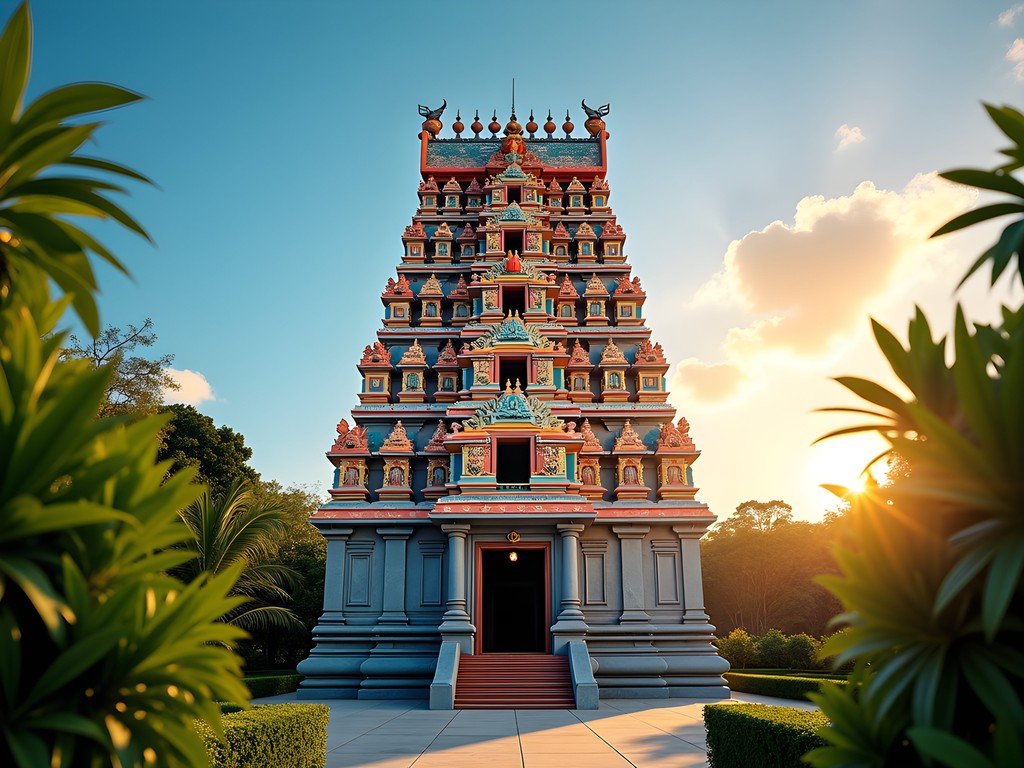
💡 Pro Tips
- Remove shoes when photographing inside temples and mosques
- Use a lens with image stabilization for handheld shots in low-light interiors
- Photograph religious buildings during blue hour for dramatic lighting effects
Urban Waterways and Green Spaces
While Beau Bassin lacks the famous beaches of coastal Mauritius, its urban waterways and parks offer refreshing photographic subjects. The Canal Dayot, especially after rainfall, reflects surrounding buildings and sky in ways that create mirror-image compositions. Early mornings often bring local fishermen with traditional methods that make for compelling environmental portraits.
Jardins Balfour provides lush botanical subjects with its collection of native and introduced species. Macro photographers will find endless subjects among the tropical flowers and buzzing insect life. I spent hours here with my macro extension tubes capturing the miniature worlds that exist within single blossoms.
For landscape photographers, the elevated viewpoint from Moka Range offers sweeping vistas of Beau Bassin set against distant mountains. This location is particularly magical during the blue hour, when town lights begin to twinkle against the deepening sky. A neutral density filter proved invaluable for creating long exposures of cloud movements across this dramatic landscape.
Don't overlook the small community garden plots scattered throughout residential areas. These green oases provide intimate glimpses into local life and sustainable practices, with the bonus of beautiful morning light filtering through leafy canopies.
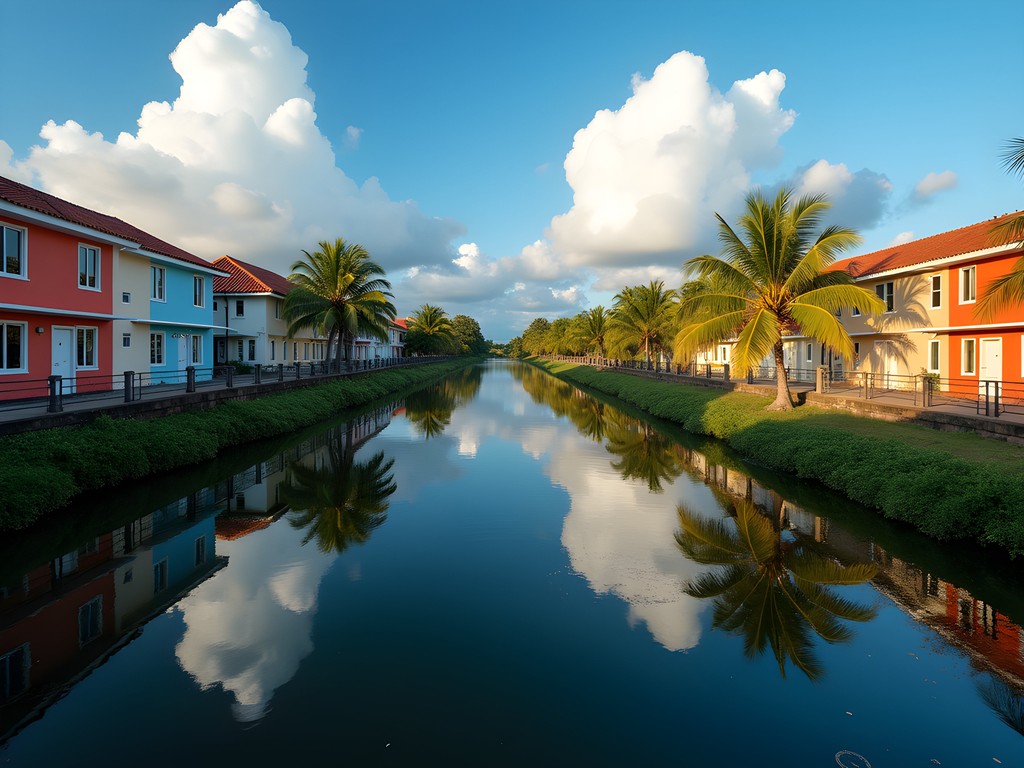
💡 Pro Tips
- Visit Canal Dayot after rainfall for the best reflections
- Bring a macro lens or extension tubes for the botanical gardens
- Use a graduated ND filter for sunset shots from Moka Range to balance sky and landscape exposure
Capturing Local Culture Through Portraiture
My legal career taught me to read people quickly, a skill that translates surprisingly well to environmental portraiture. In Beau Bassin, I found residents remarkably open to being photographed once I established a foundation of respect and genuine interest in their stories.
The artisans' workshops scattered throughout town offer particularly rich opportunities for environmental portraits that capture both people and cultural practices. The bamboo craftsman near Plaza Rose Hill creates intricate household items using techniques passed down through generations. After purchasing a small basket (which now holds my calligraphy brushes in Seoul), he allowed me to document his process over several hours.
For portrait photography, I relied heavily on my reflector to soften harsh shadows in outdoor settings. This lightweight tool dramatically improves natural light portraits without requiring complicated lighting setups.
The elderly domino players who gather in the town square each afternoon make for compelling subjects, their weathered faces telling stories of Mauritius' complex history. I found that showing them images on my camera's LCD screen after taking the first few shots helped build trust for more intimate portraits.
Remember that genuine cultural documentation requires time and patience. My most successful portraits came after multiple visits to the same locations, when subjects began to see me as more than just another tourist with a camera.
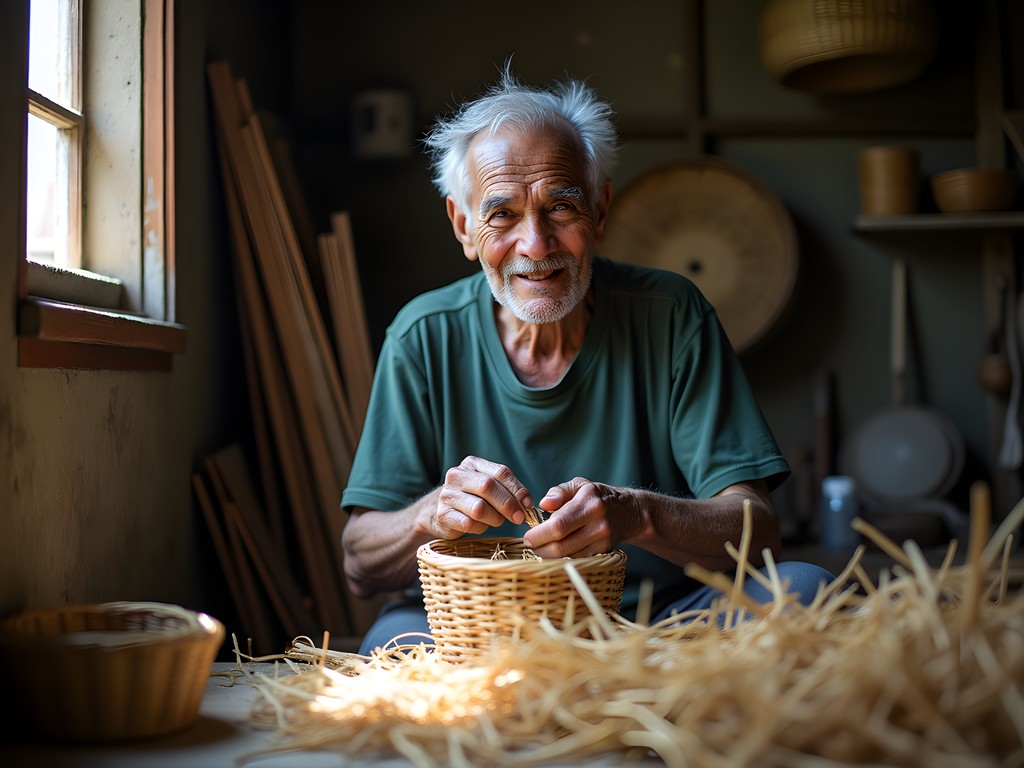
💡 Pro Tips
- Learn a few basic phrases in Creole or French to establish rapport
- Always offer to send digital copies of portraits to your subjects
- Focus on hands and tools for storytelling detail shots of craftspeople
Final Thoughts
As I packed my camera gear on my final morning in Beau Bassin, I realized that this unassuming town had given me some of my most authentic Mauritian photographs—images that tell stories far removed from the polished resort brochures. The town's blend of colonial architecture, vibrant markets, diverse sacred spaces, and genuine local interactions offers photographers a rich visual tapestry that rewards those willing to slow down and look deeper.
Whether you're capturing the golden light on weathered colonial buildings, documenting the explosion of colors in the morning market, or creating environmental portraits of local craftspeople, Beau Bassin offers endless opportunities to develop your photographic eye while experiencing the authentic pulse of Mauritius.
As my legal colleagues back in Seoul often hear me say: the most compelling evidence comes not from rehearsed testimony but from authentic, unguarded moments. The same holds true for photography. In Beau Bassin, those moments await around every corner—you just need to be patient enough to see them and respectful enough to capture them.
✨ Key Takeaways
- Visit markets early morning (7:00 AM) on Tuesdays and Fridays for the best photography opportunities
- Golden hour (7:30-8:30 AM and 4:30-5:30 PM in spring) transforms colonial architecture
- Always ask permission before photographing people and respect religious site protocols
- Explore side streets and residential areas for authentic glimpses of daily life
- Build relationships with locals for more meaningful portrait opportunities
📋 Practical Information
Best Time to Visit
September-November (spring)
Budget Estimate
$100-150 per day including mid-range accommodation
Recommended Duration
3-5 days for photography-focused visit
Difficulty Level
Easy

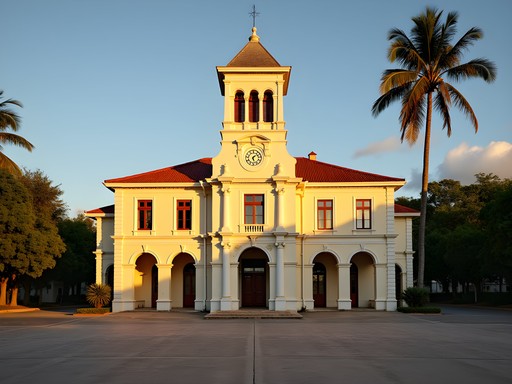
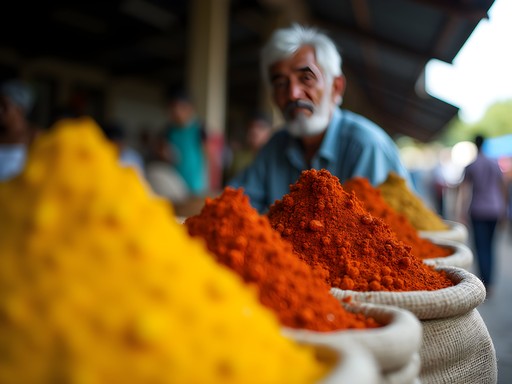
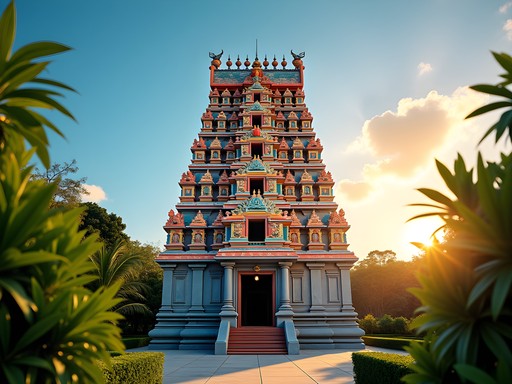
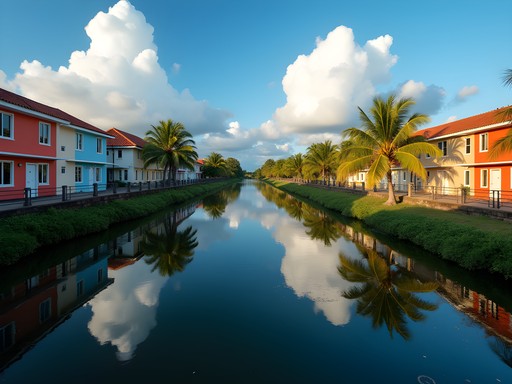
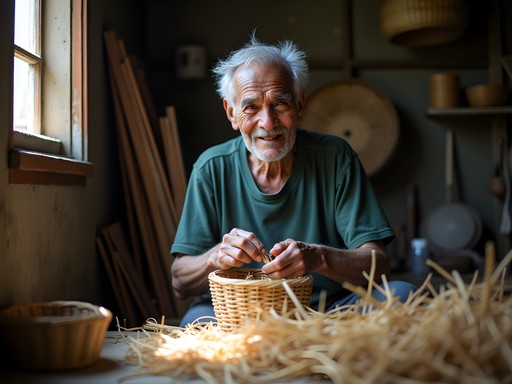








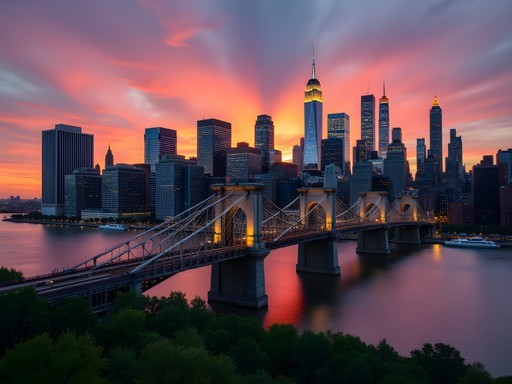
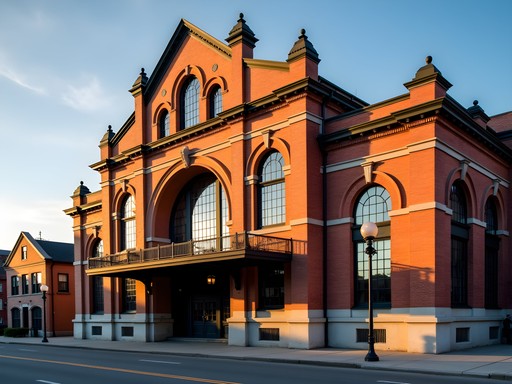
Comments
coolguy
Those market photos are insane! Love the old dude with the spices.
Savannah Torres
Amy, your post brought back wonderful memories! We visited Beau Bassin with our kids (8 and 10) last year, and they were absolutely enchanted by the diversity of sacred spaces you mentioned. The Hindu temple with its colorful statues became an impromptu photography lesson for my daughter! For families visiting, I'd add that the small park near the municipal building has a lovely playground where kids can burn energy while parents photograph the surrounding architecture. We found carrying our camera backpack perfect for the narrow streets while juggling kids and gear. Your section on urban waterways inspired me to plan another visit!
wanderlustking
Great post! Is it easy to get to Beau Bassin from the main tourist areas? Planning my first Mauritius trip and would love to explore beyond the resorts.
backpackfan
Super easy! Local buses run frequently from Port Louis, or grab a taxi for about 400 rupees. Worth spending at least half a day there.
wanderlustking
Thanks for the tip! Adding it to my itinerary.
Marco Flores
I stumbled upon Beau Bassin during my Mauritius trip last year when I got tired of the typical beach scene. What a revelation! The colonial architecture you captured reminds me of my wanderings there - I spent hours photographing the play of light on those weathered facades as afternoon turned to evening. Did you try shooting at the central market around 7am? That's when I caught locals setting up their stalls with morning light filtering through the fabric canopies. Pure magic for photography!
Amy Ward
Marco, you're absolutely right about the morning light! I did manage a couple of sunrise sessions at the market - those first rays hitting the colorful produce make for incredible contrasts.
backpackfan
Finally someone covering Beau Bassin! Stayed there last year and loved the local vibe.
triptime
What camera setup did you use for those amazing market shots? The colors are so vibrant without looking oversaturated!
Amy Ward
Thanks for asking! I used my Sony A7IV with a 24-70mm f/2.8 lens for most market shots. Natural light was amazing there, just needed minimal editing!
triptime
Thanks Amy! Been thinking about upgrading my gear. Those market colors are incredible!
islandhopper22
Going to Mauritius in December. Is Beau Bassin easily accessible from the main tourist areas? Worth a day trip?
globeperson8649
Not Amy but I can tell you it's super easy to get to! We took a taxi from Grand Baie and it was about 30-40 mins. Definitely worth a full day for photography.
islandhopper22
Perfect, thanks! Adding it to our itinerary.
skyexplorer
That shot of the rain on the colonial veranda is pure magic. What time of day was that taken?
Amy Ward
Thank you! That was about 30 minutes before sunset after a brief shower. Got lucky with that golden light breaking through!
photo_wanderer
These photos are incredible! Adding Beau Bassin to my list for sure.
summerway
Going to Mauritius in November and now thinking about adding Beau Bassin! How much time would you recommend spending there for photography? And is it easy to get around without renting a car?
Amy Ward
I'd recommend at least a full day, two if you can spare it! The morning light at the market and late afternoon glow on the colonial buildings are worth catching. Public buses are frequent and cheap, though taxis are also reasonable for getting around. The town is quite walkable once you're there!
skyexplorer
Used the buses there last month - super easy and met some lovely locals that way. Don't miss the street food near the main market!
Venture X
Premium card with 2X miles, $300 travel credit, Priority Pass